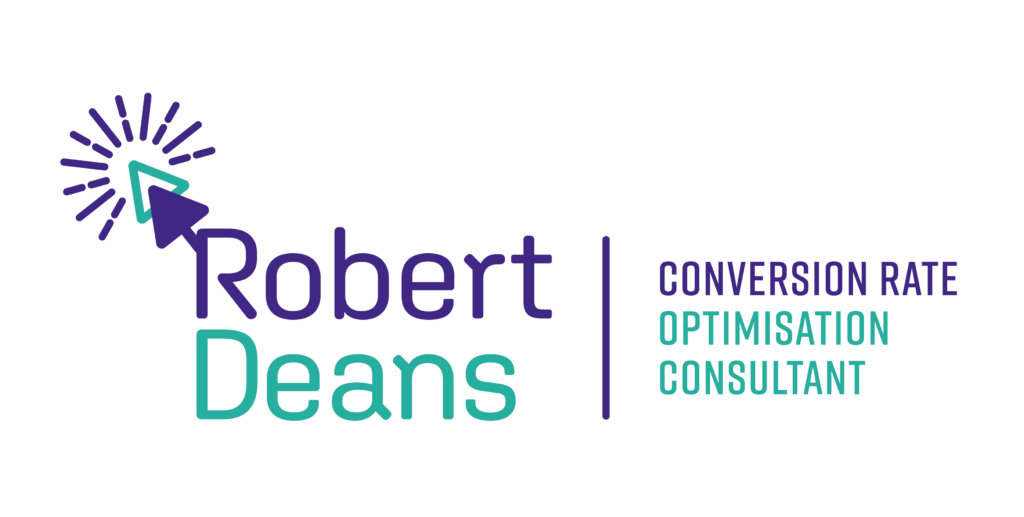1) Audit your website
Before you can improve your conversion rate, you need to understand what state your Shopify website is in, and spot patterns in the ways users behave when they are on it.
To do this you could; run user testing, study analytics, or research UX best practice and user psychology so that you are able to apply it to your website. An alternative approach (and one of the most comprehensive) is to conduct an E-Commerce CRO Audit.
A CRO Audit of your Shopify website can identify:
- If your low conversion rate is due to your website or poor traffic quality.
- Where people may be answering “no” to the subconscious questions you need users to answer yes to (such as: “Can I find the product I am looking for?”)
- What UX design mistakes are causing users to get lost, stuck or frustrated with your website.
- How your website may be failing to get its key message across, be persuasive and show an alignment between your brand and the values of your target market.
- Trends in shopping behaviour that are recorded in analytics such as exit pages and where users are dropping off in the sales funnel.
- User click and scroll patterns that tell you which parts of the website users are seeing and interacting with (including the non-clickable elements that can’t be easily tracked in analytics).
2) Make a plan
You are far more likely to achieve your aim of a better Shopify conversion rate if you have a solid road map to success. Although plans should never be ridged, it is good practice to have a flexible, adaptive outline of what you want to achieve.
If you find yourself unsure what steps you need to take, you should revisit the findings of your CRO Audit. Aim to assign a value to each item in the list of findings. A value should be assigned for; potential impact, cost, and time to implement. These scores can be summed to give you an indication of which steps should be dealt with first, but remember to also watch out for interdependencies!

3) Hook your users from the beginning
You only have 7 seconds from the time a link is clicked to the time a user decides to stay on your website or leave. These 7 seconds include your page load time. This means you must make sure that the first thing a user sees is going to engage them and make them want to explore. Your landing page should have:
- A clear value proposition which differentiates your offering from your competitors,
- An emotive or appealing image,
- A familiar page structure,
- A modern and professional design,
- An indication that the page continues below the fold,
- A trigger which motivates the user to click, scroll or read more.
4) Make sure people can find what they are looking for
You may think your website navigation is intuitive, but you likely see it far more often than your users do. Over familiarity can blind you to navigation problems.
Not being able to find a suitable product will hugely harm your conversion rate. Look for issues related to search bars, menus, thumbnail links, filters and sorting options in your CRO Audit to identify your biggest areas of improvement and quick navigation wins.
Although most of the time users are on your website they will be trying to find a suitable product, they should be able to easily discover and navigate to other content (such as contact information, information about the company and FAQs). This kind of content helps to establish trust in your company. As trust is the number 1 reason users abandon a website, you shouldn’t be overlooking this when it comes to putting your plan in place.

5) Design product pages that make the sale of your product inevitable
In the physical world, salesmen and women are typically only employed to sell products with a high price tag. This is because the cost of paying the member of staff has to be lower than the value gained by selling the product.
When selling online, there is a much lower ongoing cost, meaning the same level of persuasion can be applied to products of lower value and still be highly profitable. You should try and see your product page as your salesperson. By the time the user has finished looking at the product page, they should feel enthusiastic and confident about their decision to buy.
You can do this by:
- Including all information your users are likely to want to know, specific for the product type being sold.
- Highlighting benefits of your products which appeal to the target audience in bullet format.
- Using lifestyle imagery (imagery of the product in context) to generate an emotional reaction and create desire.
- Using video to show the product in action and bring it to life.
- Using video or links to additional content which provide background about the product’s origins or manufacture. This increases its appealing qualities (such as its effectiveness or exclusivity).
- Providing reassurances and trust indicators to remove hesitation or anxieties about making a payment on your website.
6) Reduce basket abandonment
If people have added items to their basket, they had an intention to buy. Something must have changed their mind if they decide to abandon their purchase. You need to make sure you know what that is, so you can stop it happening in the future.
Is it possible people are abandoning your website because of the following reasons?
- They still have questions they can’t find the answer to on your website.
- They are forced to create an account to check out.
- They feel they are missing out by not being able to find a voucher code.
- They are put off by the cost of delivery.
- There are no suitable delivery options.
- There is a “hidden” cost added during checkout.
- The checkout process is long and confusing.
- They don’t trust the payment process.
- Your payment screen looks like it belongs to another company.
If you have a high rate of basket abandonment, tackling common issues with your basket and checkout pages will increase your Shopify conversion rates dramatically. Basket abandonment rates are typically high for e-commerce (up to 85.65% on mobile), so chances are that focusing your efforts in this area will have a positive effect.

7) Implement a strategy to “win back” lost customers
Not all users can be converted. There will be a significant percentage of users who for one reason or another leave your website without converting. However, there is an opportunity to entice these users back to your website through a cleverly designed win back strategy. By targeting users who are (metaphorically speaking) on the way out the door with an incentive to return, you increase the chance of future sales.
Additionally, when this opening is used as an opportunity to build a relationship, users are far more likely to return after they have used their initial incentive. Returning customers are a blessing because they are more likely to become loyal to your brand in the future. Loyal customers are the Holy Grail of e-commerce – find them, treat them well, and they will treat you well in return.
8) Get some outside support
If all of this sounds great in theory but you are wondering how you would practically implement it, you may want to consider getting some outside support.
Hiring a CRO consultant to walk you through the steps outlined above can give you the confidence that you are doing the right thing for your business. I offer a Shopify CRO Program for businesses of all sizes and budgets. The most affordable of these e-commerce CRO programs is the Mature Program, check out the webpage or get in touch to learn more about how it can help your company achieve the conversion rates you are looking for.
You can reach me on: 0115 671 9909 or at: robert@robertdeans.co.uk

